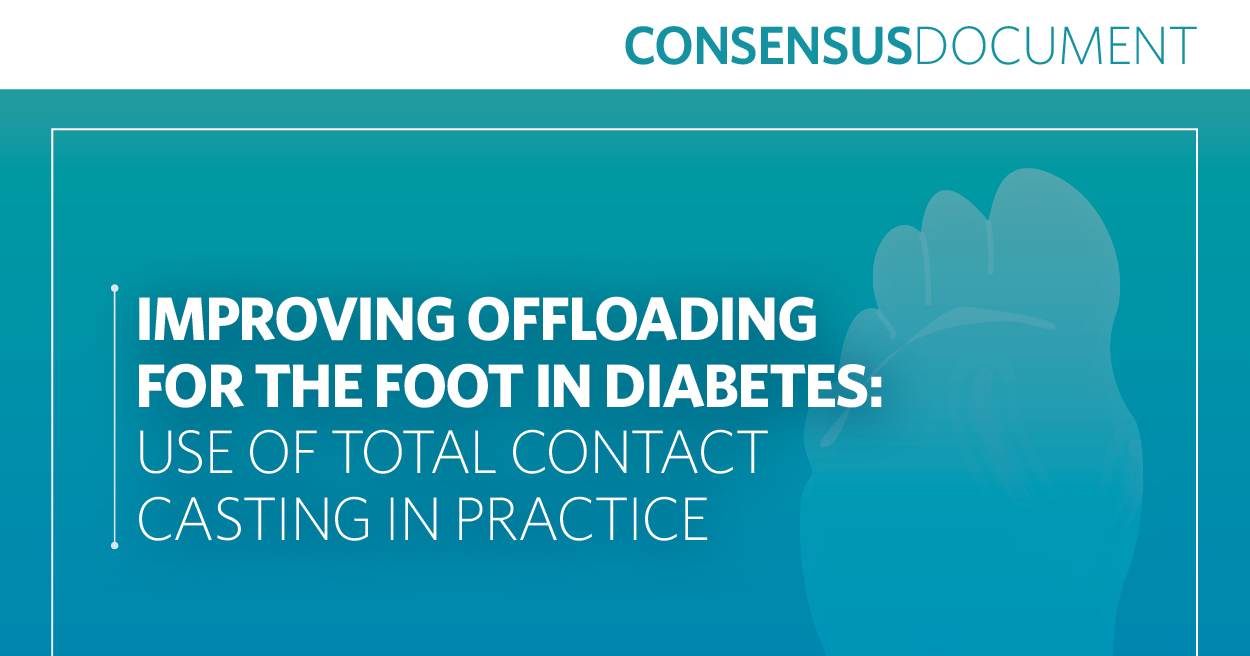Keep on moving (the evidence base for diabetic foot care forward)
The main paper in this quarter’s round up is by Fay Crawford et al and is a systematic review and meta-analysis of predictive risk factors for foot ulceration. This paper is chosen not just because I had a hand in 6 of the 39 references, but because it helps to answer a few important questions at this time of change for diabetes services, particularly in England and Wales.
Annual screening of people with diabetes to predict increased risk of foot ulceration is a recognised and rewarded part of the new GMS contract. Dr Crawford’s study reviews 16 papers with sufficient quality to be compared. Of the suggested possible risk factors for foot ulceration, only those that detect peripheral neuropathy and predict increased foot pressure were reproducibly able to predict future ulceration. Given the bias towards neuropathic ulceration by most research teams, it is not surprising that measures of vascular disease were not reproducibly predictive. I still believe that foot pulses are as good as any measure. Perhaps we can finally dispense with measures such as skin colour, temperature and visual acuity, which are not evidence based, from screening forms and concentrate on what is clearly demonstrated to be important.
The second paper from Rao and Lipsky deals with antimicrobial therapy for diabetic foot ulceration. Again, this area has been filled with conjecture, bias and misinformation and it appears that not an issue of this journal goes by without a new review of this area. Fortunately, most are starting to give similar messages: the diabetic foot should have infection treated quickly and at the earliest minimal signs. Treatment might need to continue for longer than perhaps that of a chest or urinary tract infection to ensure that eradication is complete and osteomyelitis does not always lead to surgery.
Predicting foot ulcers
- Diabetic foot ulcers (mainly caused by peripheral neuropathy) have a prevalence of 1.3–4.8% in people with diabetes and result in substantial health care costs.
- The authors conducted a meta-analysis of online databases and literature to measure the ability of diagnostic tests, physical signs and patient history to predict ulcer formation.
- Five case-control and 11 cohort studies satisfied the inclusion criteria. The incidence of foot ulcers was in the range 8–17% within the cohort of studies.
- Future diabetic foot ulceration was predicted by diagnostic tests such as peak plantar pressure, ankle–brachial indices and a high vibration perception threshold as well as by physical signs including cutaneous sensation, absent ankle reflexes and visual acuity.
- A trend for people who had a longer duration of diabetes to develop ulcers was observed in five case-control studies but this was not statistically significant. A history of foot ulceration, lower-limb bypass or amputation also predicted future foot ulceration.
- Following inconsistent findings for some of the measured predictive factors, the authors recommend further evaluation of factors such as patient history and physical examination and their association with the development of ulceration. This should include other variables such as levels of exercise, calluses, Charcot deformity or choice of footwear.
- The authors conclude that diagnostic tests and clinical signs can predict ulceration risk and should therefore be incorporated into foot screening procedures.
Crawford F, Inkster M, Kleijnen J, Fahey T (2007) Predicting foot ulcers in patients with diabetes: a systematic review and meta-analysis. QJM 100: 65–86
Antimicrobial therapy for diabetic foot infections
- Ulcerations following trauma to a neuropathic foot often lead to infections, the most severe of which are commonly polymicrobial.
- A broad spectrum of antimicrobials, along with appropriate medical and surgical treatments, are needed to treat severe infection. There is no single superior antibacterial regimen.
- Staphylococcus aureus‘ resistance to methicillin is also increasing, highlighting the need for an effective antibacterial treatment.
- Comprehensive guidelines have been developed recently for the diagnosis and treatment of diabetic foot infections.
- Infection is diagnosed based on the presence of purulent secretions or at least two indications of inflammation (redness, warmth, swelling or pain).
- Careful assessment of the infection severity, medical comorbidities and history of intolerance or allergies to antimicrobials are required for optimal treatment.
- In order to select an appropriate antimicrobial treatment, the spectrum of micro-organisms covered, route of administration required, available culture results, knowledge of recent therapies, epidemiological information and local antibacterial resistance patterns should be considered.
- Appropriate intervention from a multidisciplinary team of healthcare specialists along with effective antibacterial therapy is the best way to treat infections of the foot.
Rao N, Lipsky BA (2007) Optimising antimicrobial therapy in diabetic foot infections. Drugs 67: 195–214





